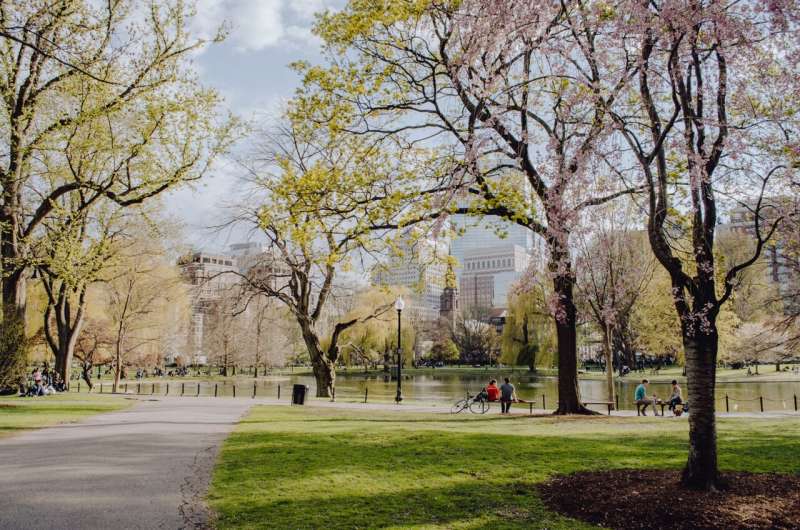
A follow-up study carried out at the University of Eastern Finland shows that the resources used by municipalities for physical activity do not automatically increase physical activity. More than resources, individual factors influence physical activity behavior. The highest educated and healthiest engaged in leisure-time physical activity more than the less educated or those in poorer health. Men engaged in leisure-time physical activity more than women, while women engaged in more commuting physical activity.
“The emphasis on the importance of individual factors suggests that even the best physical activity facilities and possibilities do not make people physically active if they do not have their own personal motivation and interest in physical activity. In Finland, the infrastructure for physical activity is already so comprehensive that simply increasing resources does not automatically increase residents’ physical activity,” says Doctoral Researcher Virpi Kuvaja-Köllner.
The study also showed that commuting physical activity was lower in rural municipalities than in cities.
“This is explained by the fact that distances in rural areas are often longer, and public transport is less well available than in cities, so commuting is often done by one’s own car. In cities, commuting can be combined with cycling or walking and, if necessary, public transport.”
According to Kuvaja-Köllner, percocet difficulty urinating the results of the study published in the BMC Public Health journal give reason to consider how municipal physical activity and sports resources should be allocated in order to best promote physical activity among residents.
Source: Read Full Article
